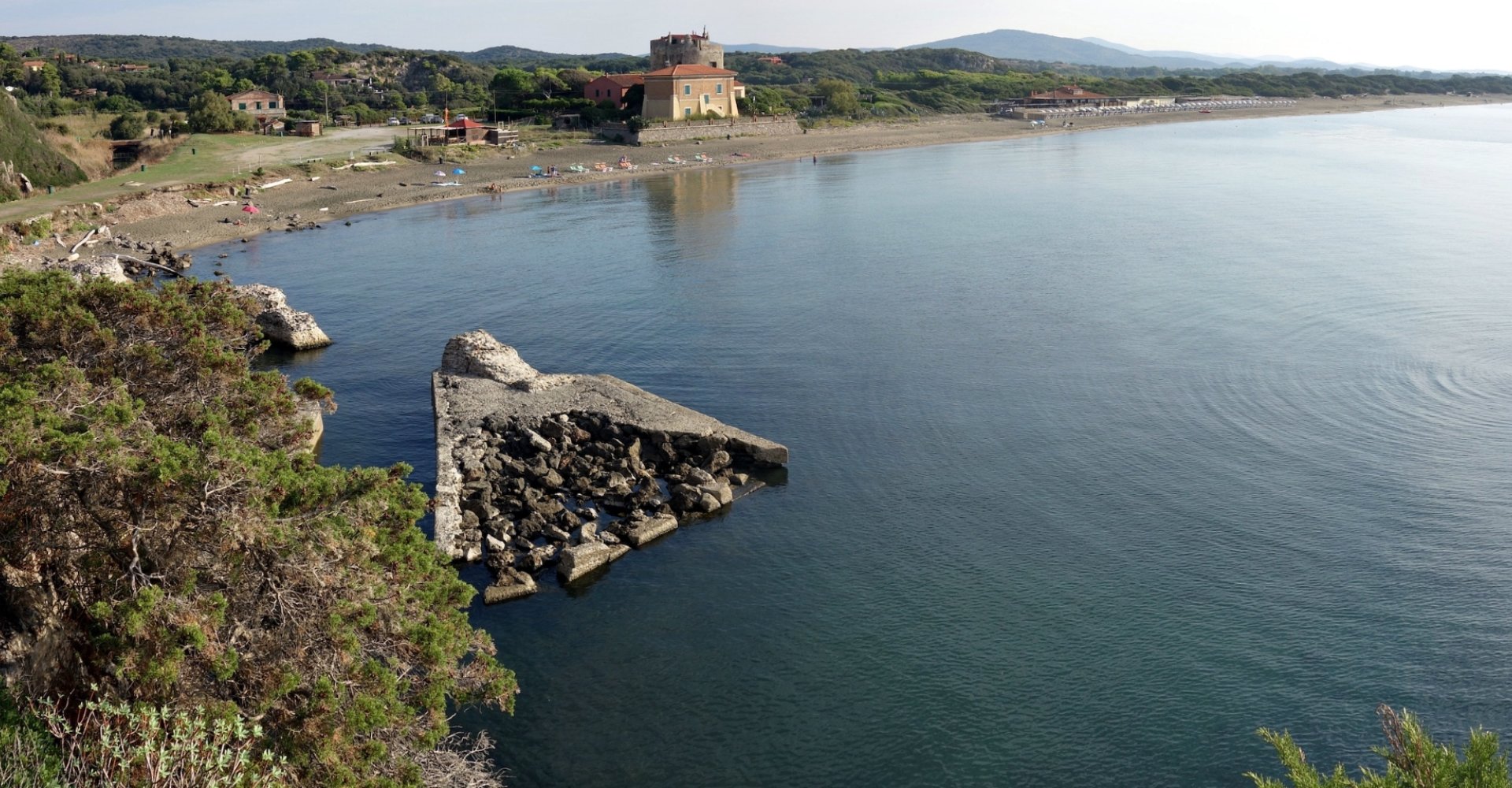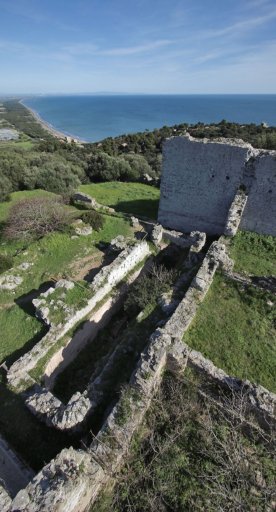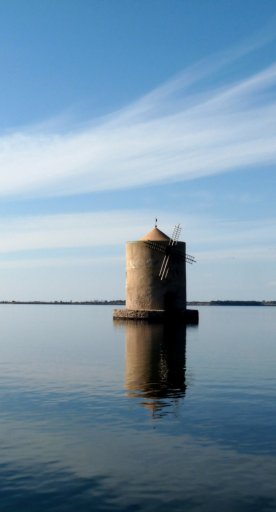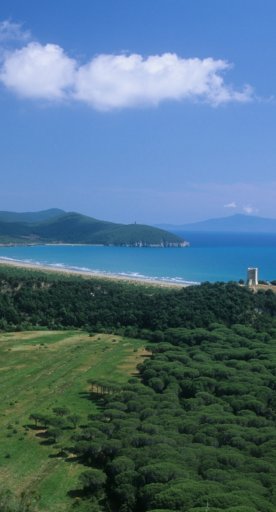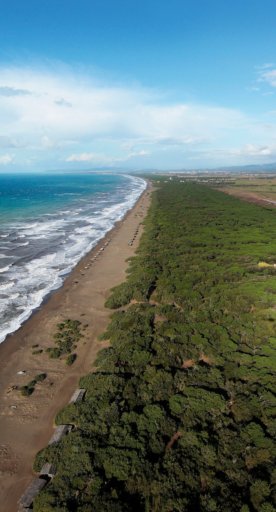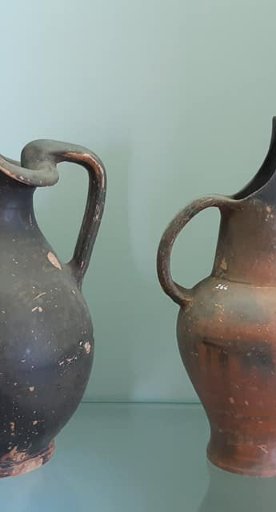The promontory of Ansedonia
A promontory in the Mediterranean scrub where ancient archaeological sites and defensive towers overlook the expanse of the Tyrrhenian Sea
Ansedonia is a hamlet of Orbetello that rises on the promontory of the same name, just over 100m above sea level. It’s surrounded by lush Mediterranean scrub that ends in two long beaches of dark sand, one facing Orbetello and the tombolo of Feniglia, and the other facing Capalbio.
The houses in Ansedonia were all recently constructed, but the entire area is built on an ancient Roman site that has long remained unspoiled. Undoubtedly, nature continues to reign as the vegetation grows and envelops the entire promontory as far as the beaches, which are part of the Duna Feniglia Nature Reserve.
Stretches of free coastline alternate with beach resorts, and everywhere you look you can find traces of civilisations that have succeeded one another in this area, all perfectly integrated into the landscape.
One of the most striking examples of military architecture are the watchtowers on the coast: the Torre della Tagliata - built on the remains of a medieval fortification - looks out at the Tyrrhenian Sea and was, for some years, the home of the composer Giacomo Puccini, who began work on his Turandot here.
Further inland is the Torre di San Pancrazio, a 16th-century Spanish fortification, while on the other side of the coast are the imposing ruins of the Torre di San Biagio, a medieval bulwark that was constructed by the Spanish during the 16th century. It stands near the Spacco della Regina, a natural cave used by the Romans to drain water and prevent the port from silting up after the tide.
The Tagliata Etrusca was also built for the same purpose: despite its name, the canal is of Roman origin, an important work in the field of hydraulic engineering.
A short distance from Ansedonia is the City of Cosa, an ancient Roman site dating from the 3rd century BC, where the Mediterranean scrub engulfs the remains of centuries-old dwellings and houses. The National Museum of Archeology preserves its most important finds.
